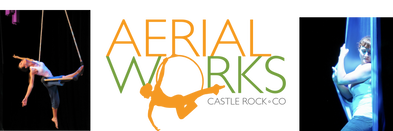Aerial Taxonomy Course Catalog
|
|
|
Aerial Taxonomy Course Catalog
|
|
|
|
|
AerialWorks LLC
(303) 578-6456 [email protected] We are in a shared space with Zeal Dance Fitness 1008 I-25 (Wilcox Street) Unit B09 Castle Rock, CO 80104 |
